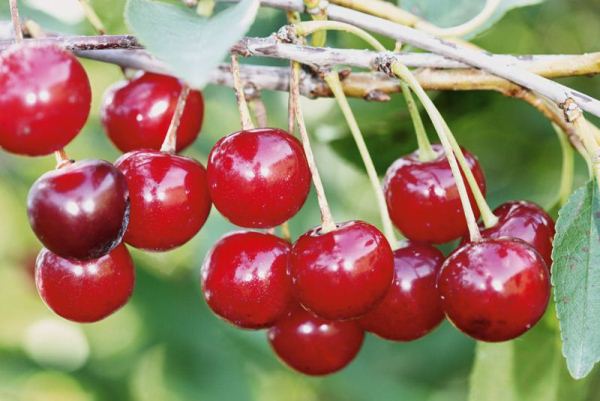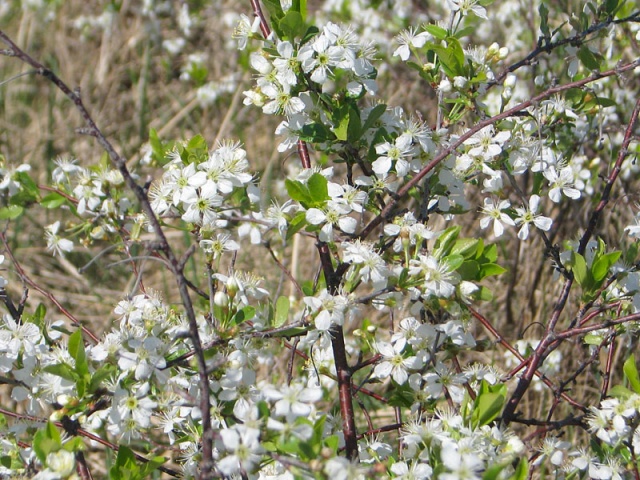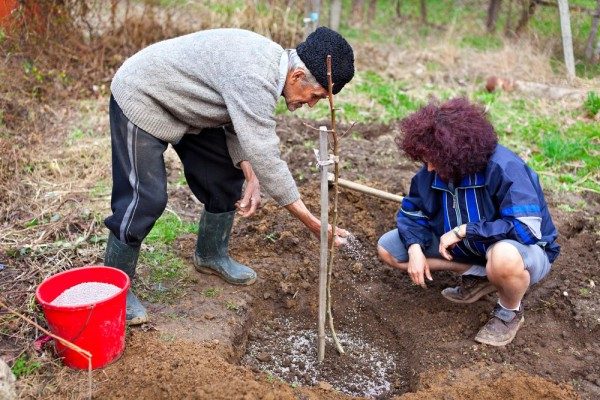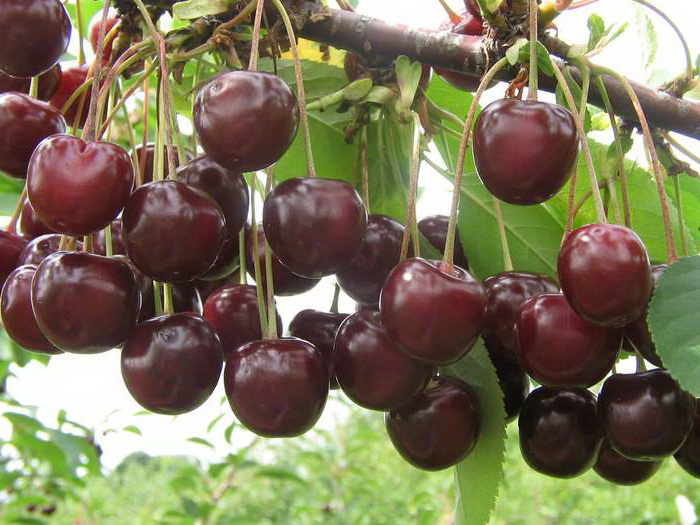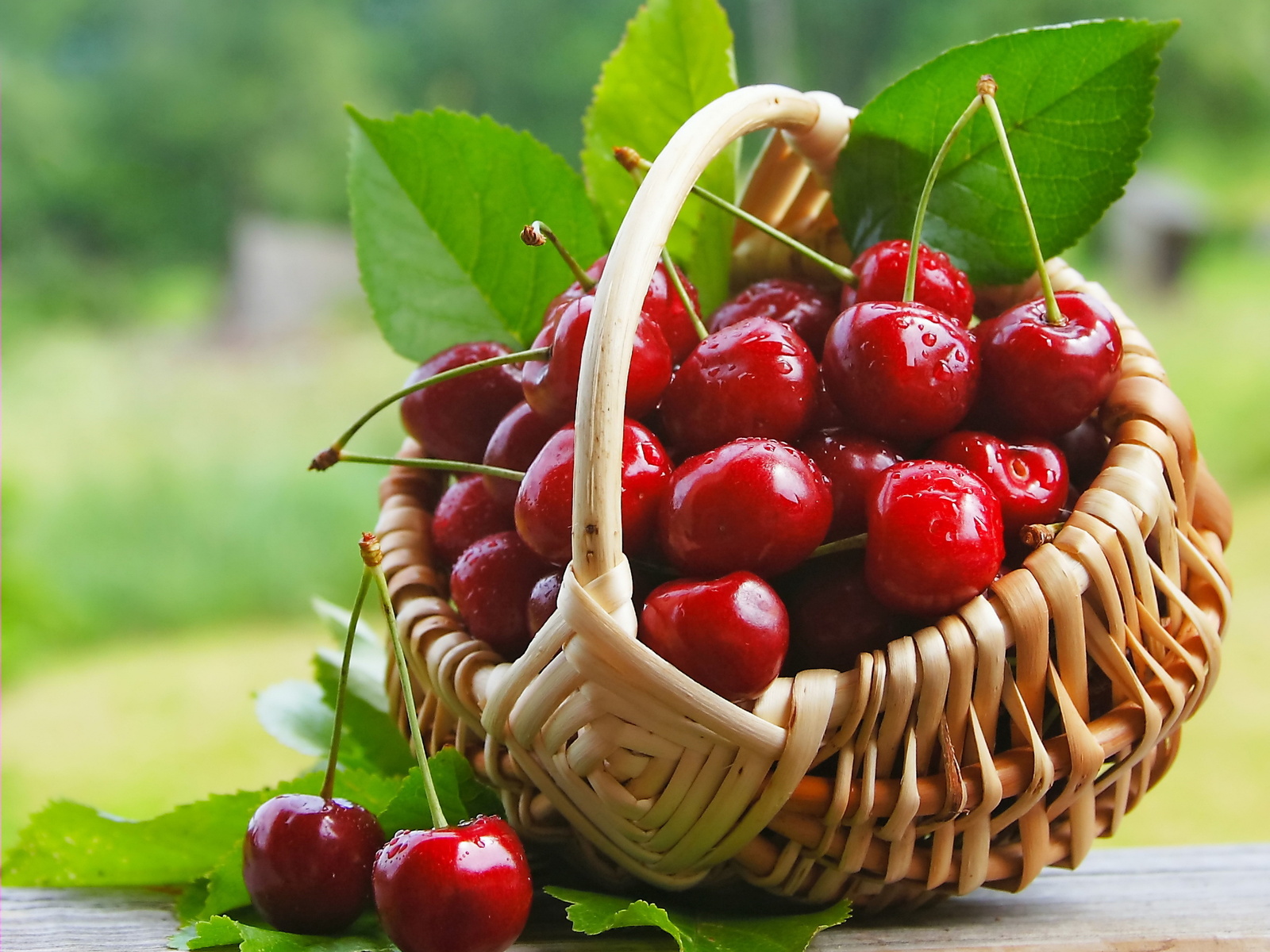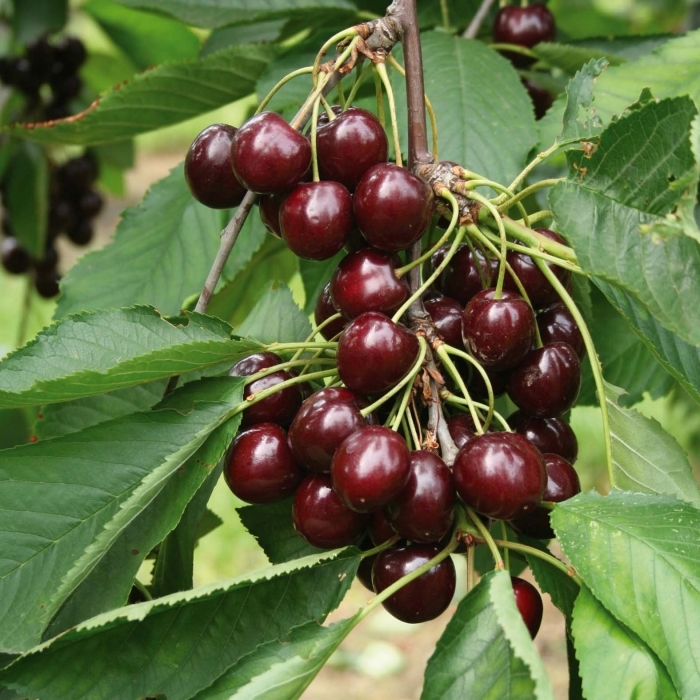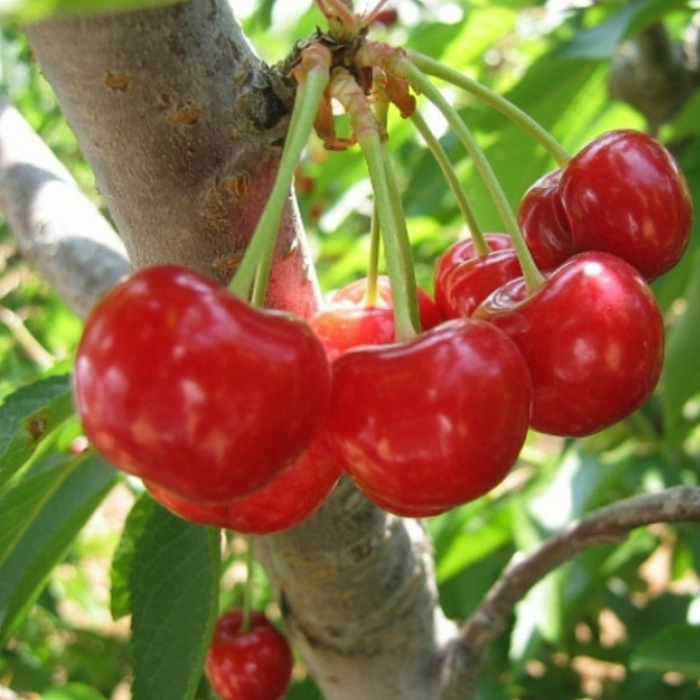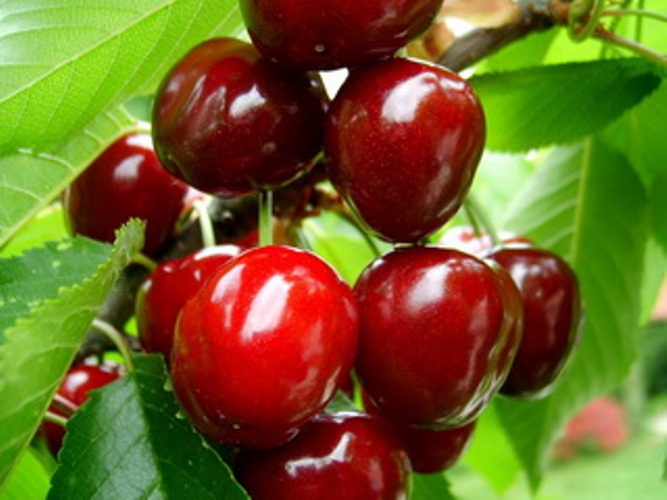Content:
You can get a large harvest of berries and vegetables from your personal plot only if you choose the right varieties. This also applies to cherry trees. An important factor for choosing a variety is its frost resistance, since frosts are typical for most of Russia.
Perfect varieties of cherry trees do not exist, although there are more or less adapted to harsh conditions. These varieties include Ural Ruby cherry (Ural Ruby cherry). It is the fruit of the labor of Sverdlovsk breeders N. Gvozdyukova and S. Zhukov.
Cherry Ural ruby: description and characteristics of the variety
The hybrid was bred by crossing an unknown variety obtained by Michurin and an ordinary steppe cherry. The main cultivation areas of the Ural ruby cherry are the Sverdlovsk, Chelyabinsk and Kurgan regions, as well as the Perm Territory.
Cherry Ruby is a two-meter tree with spreading branches of medium thickening. Fruits are formed on last year's shoots and bouquet twigs. The color of the leaves is from green to dark green with a slight sheen. A feature of this variety is the flattened crown.
Cherry Rubinova perfectly tolerates frost, which is an important advantage when grown in the regions of the Urals and Siberia. The bark of the tree can withstand frost down to −30 ° C.
The hybrid is unpretentious and is able to quickly and painlessly take root in a new place. The color of the plant is rather late, bypassing all spring frosts, which completely excludes damage to the ovaries.
Flowering and ripening
The flowering period usually begins after spring return frosts, at the very end of May or in the first decade of June. It was during this period that real summer comes to the Urals. The berries ripen almost simultaneously, during this period the tree becomes a beautiful dark red color.
More than 6 kg of ripe beautiful berries can be harvested from a cherry tree in one season. But there were cases when the bush gave more than 13 kg of cherries. The most abundant harvest will please a tree that is at least 15 years old. But the lifespan of a tree is about three decades.
The hybrid produces fruits with a great appearance and a unique sour taste. Ripe cherries are quite large in size, there are berries reaching 20 mm in circumference. And each berry weighs about 5 g.
Ripe cherries have a deep red or ruby skin and flesh. It separates well from a small bone. The fruits of this hybrid are great both for fresh consumption and for making compotes, preserves, jams and other winter preparations.
Planting and leaving
Ural ruby cherries are best planted in a sunny and well-ventilated area of the garden.
First of all, it is necessary to pay attention to the remoteness of groundwater. If they lie close to the surface, you can not wait for a harvest from a tree growing in this place.
The main soil parameters for good growth and proper development of the cherry tree should be as follows:
- ease;
- good looseness;
- fertility.
Young trees are recommended to be planted in the spring, before the buds begin to bloom, or in the fall, at the end of September.
Instructions for planting seedlings
The distance between the seedlings should be 2.5-3 meters.
Before planting, it is necessary to prepare a landing hole, its depth should be about 45-50 cm.
In the hole, it is necessary to fill in a fertile soil layer, which must necessarily include potassium chloride, superphosphate and wood ash. If the soil layer on the garden plot is clay, sand must be added to the soil substrate.
A long peg is driven into the prepared moon not less than 1.5 meters... He will serve as support for the young tree.
The next step is to soak the roots of the tree in water. In this state it should be no more than 2.5 hours... Next, the prepared seedlings are placed in a hole and sprinkled with prepared soil, tamping it well. The planted bush is well spilled with water, which must stand for at least a day, at the rate of 3 buckets of water per tree.
The last stage of planting work is mulching the base of the seedling with a mixture of sawdust and compost.
Agrotechnics
Proper care of cherries will help to achieve a large harvest of cherries. Like any other plant, a young hybrid needs careful care. At first, it is necessary to organize timely watering of the plant, loosening the soil around it and doing sanitary pruning of branches. After the roots of the tree grow, mineral fertilizers are applied, which include potassium and phosphorus.
It is necessary to fertilize cherries with organic fertilizers no more than once every three months. Rotted manure or compost is used as organic matter. In the spring, the dose of nitrogen-containing dressings is increased.
Diseases and pests
The hybrid is quite resistant to damage by cherry aphids and other pests.
Still, it is worth remembering that this variety can be prone to a rather unpleasant disease - fungal coccomycosis. This disease is very dangerous, and if you do not provide timely assistance, the plant will simply die.
When to harvest
The crop is harvested immediately after the fruits begin to ripen, they ripen almost simultaneously. The berries are picked by hand, and this must be done very carefully. There is no need to use any auxiliary devices, because the height of the bushes is small.
Advantages and disadvantages of the variety
The advantages of this hybrid include the following characteristics:
- Early fruiting. The first cherries on the tree are tied three years after planting.
- Low shrub height, about two meters.
- Long lifespan, which is about 30 years.
- Excellent tolerance to changes in air temperature.
- Late ripening of berries. Harvesting begins in the third decade of August.
Disadvantages:
- Self-infertility, that is, for pollination, this variety needs pollen from another cherry.
- Exposure to coccomycosis.
Despite the disadvantages, the hybrid is a worthy representative of cherry varieties. Therefore, it is quite popular among amateur gardeners.
It will not be difficult to get a harvest of large and tasty cherries if you adhere to all the rules of care and feeding.
